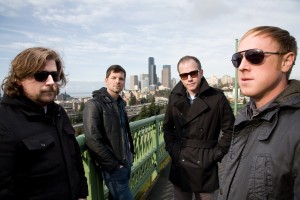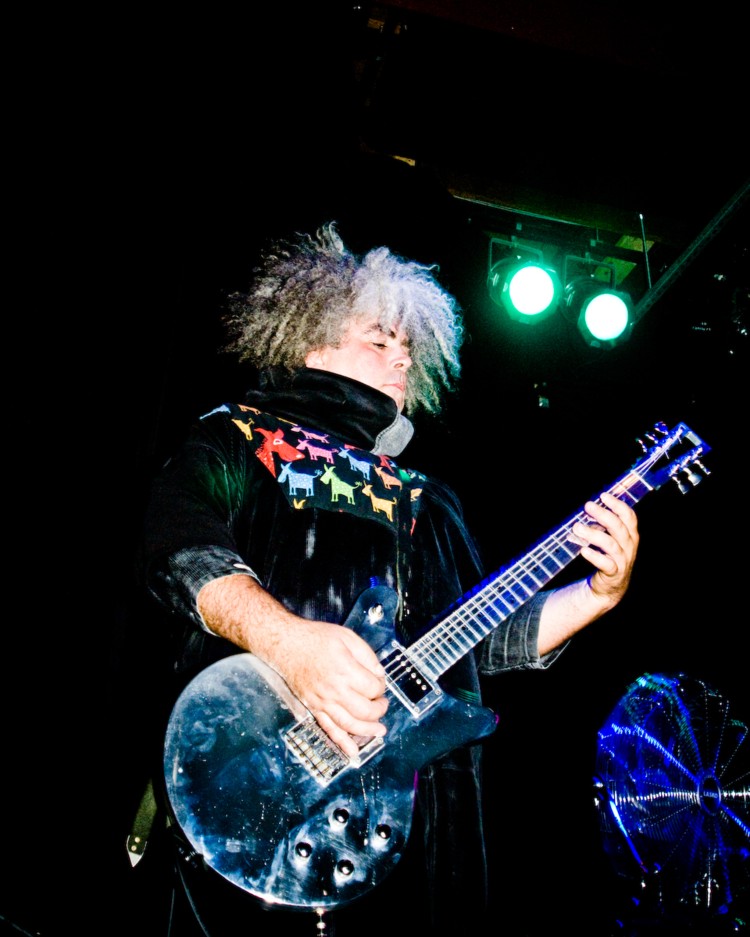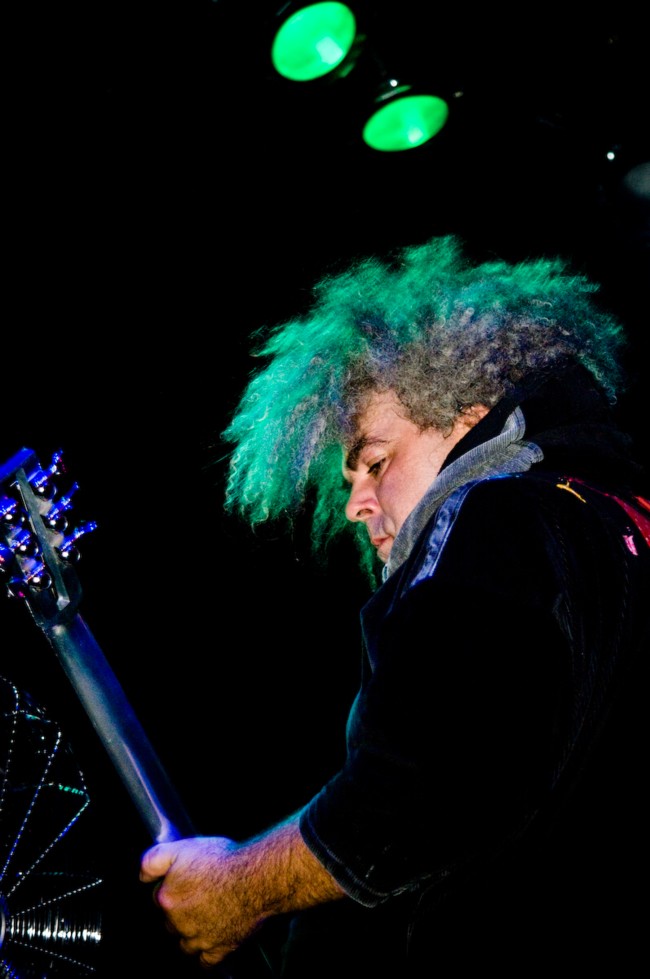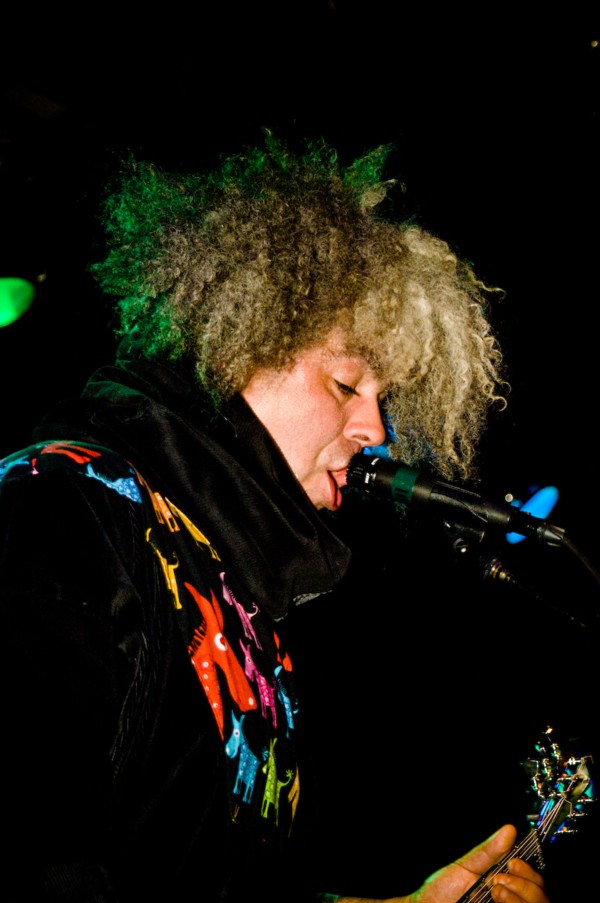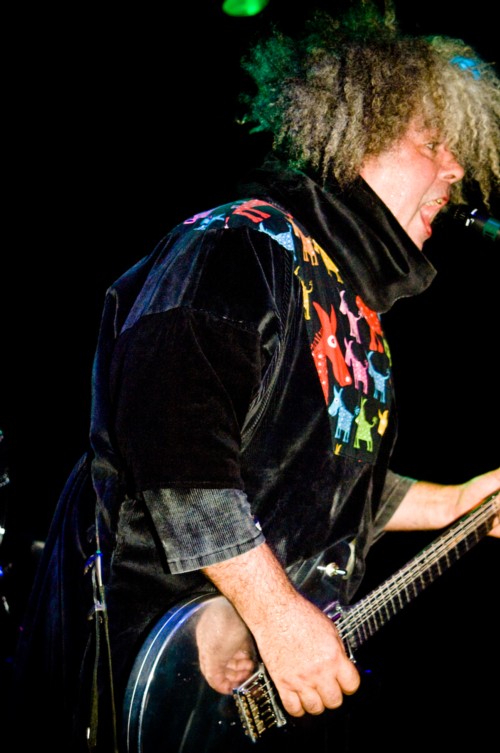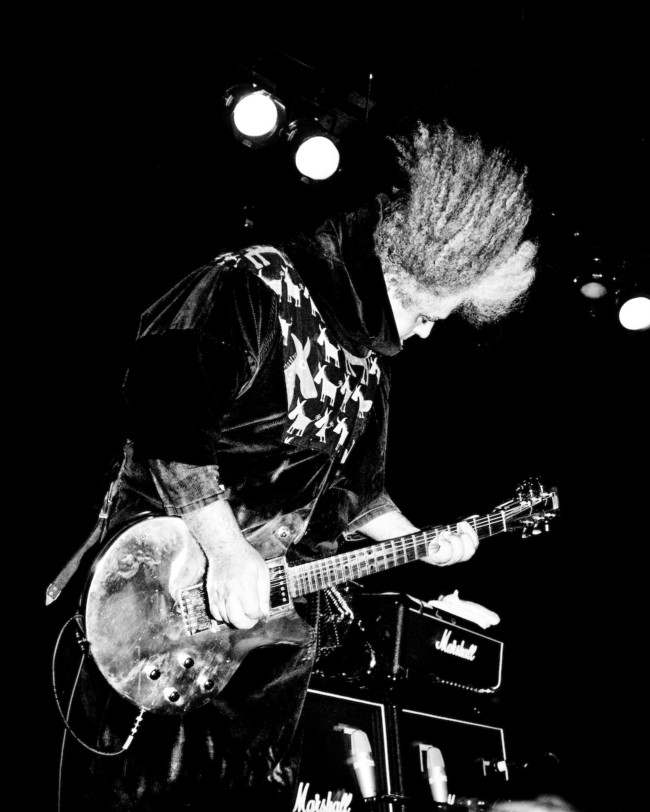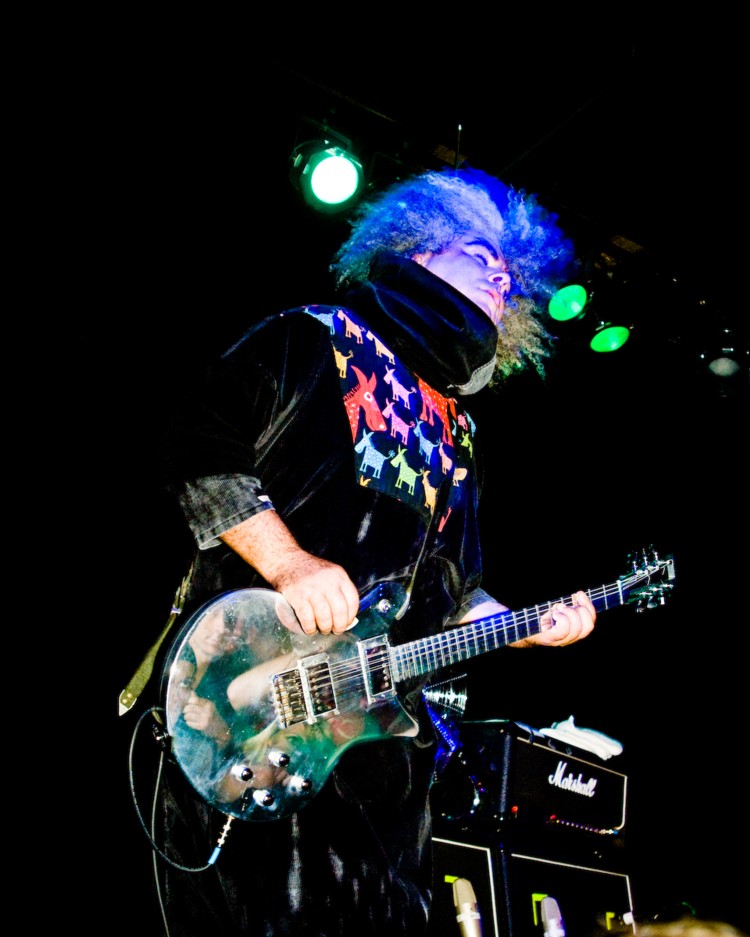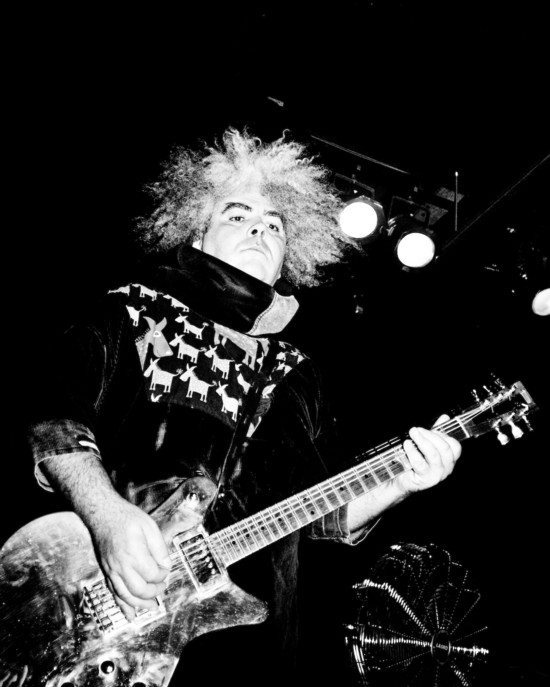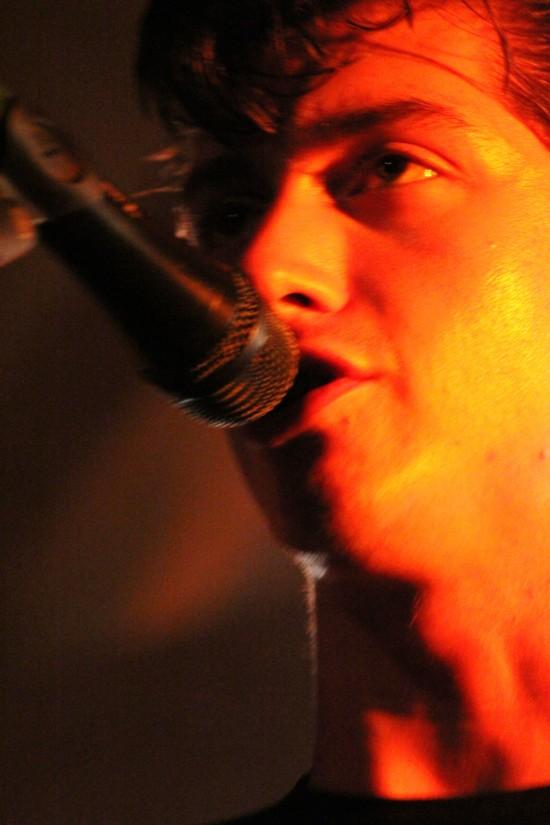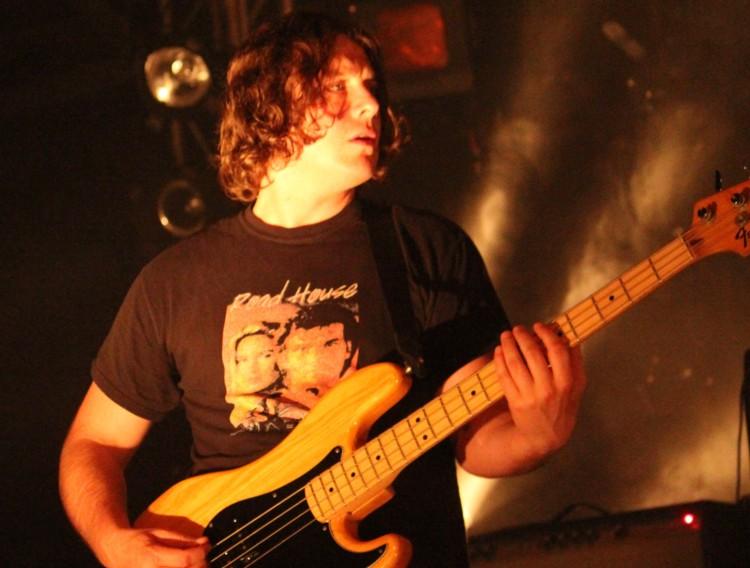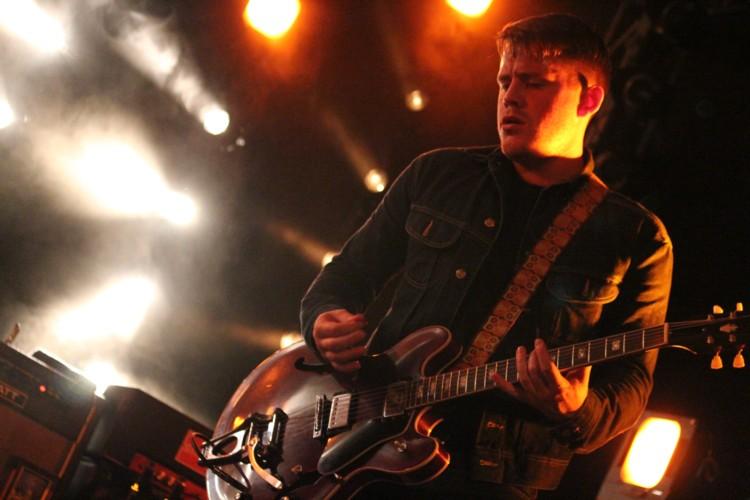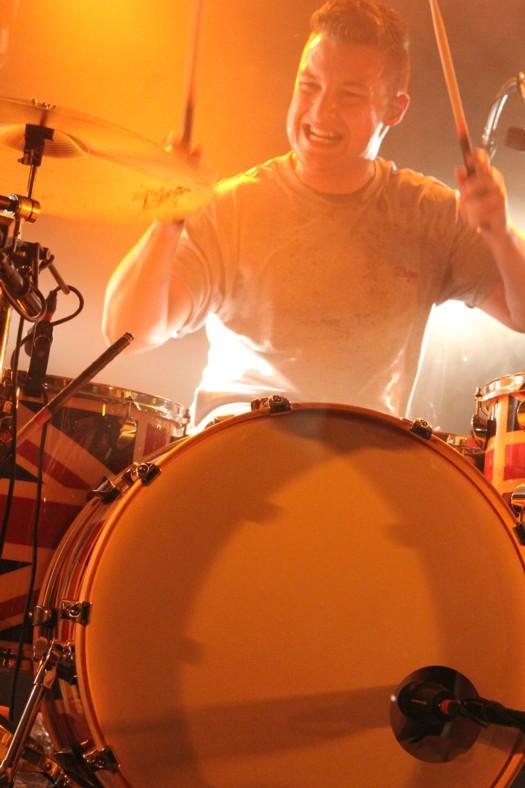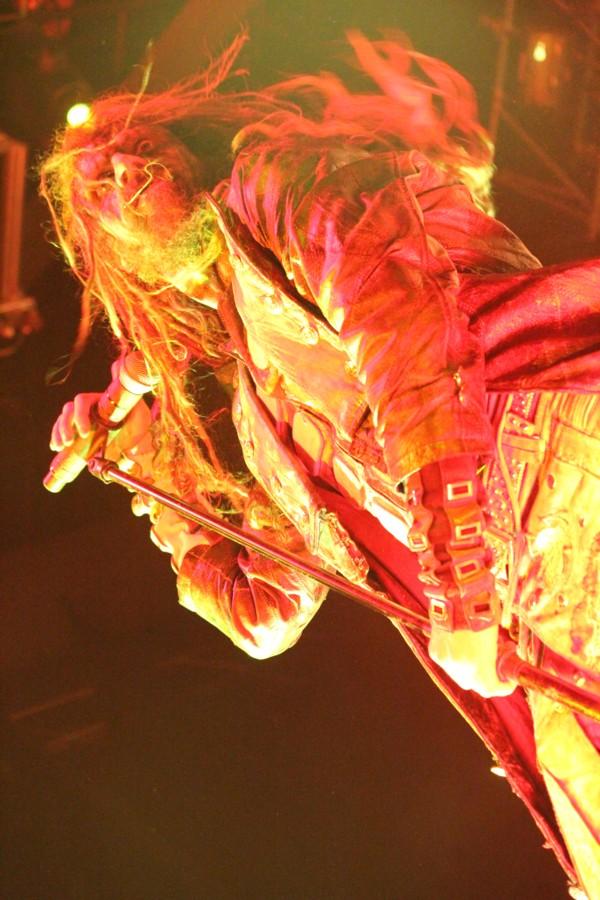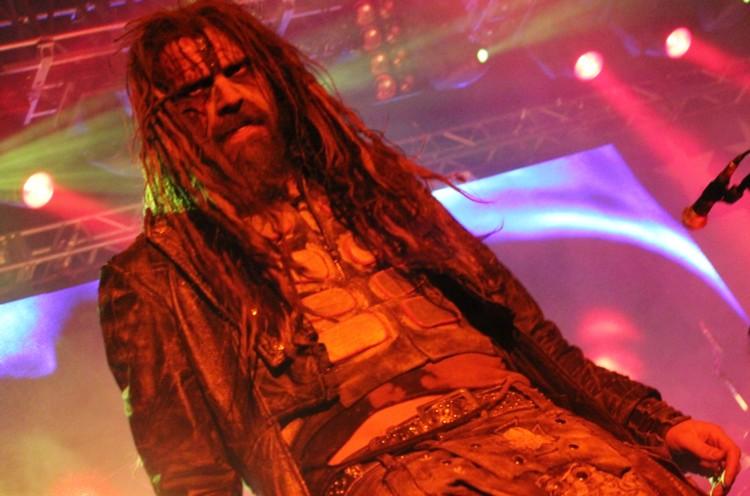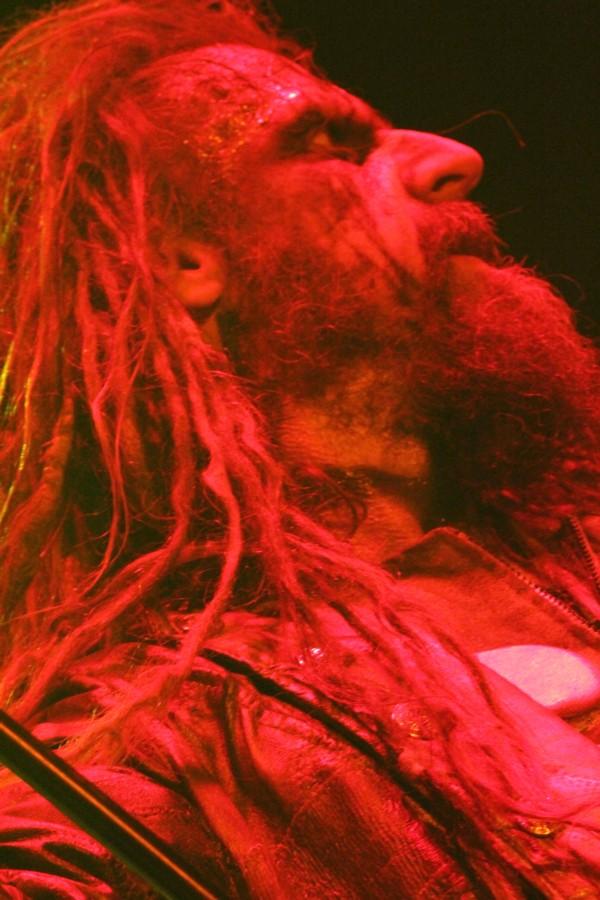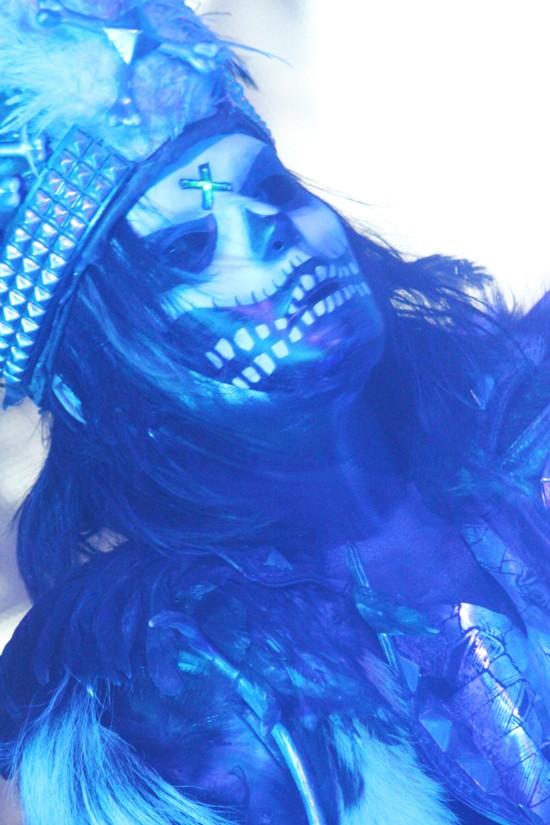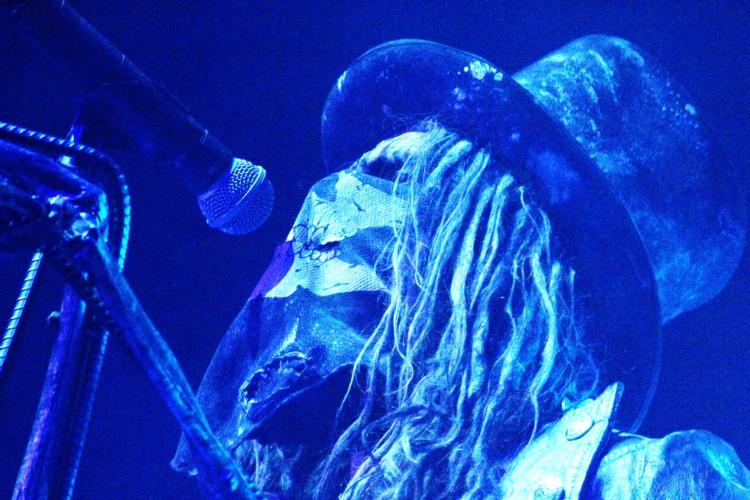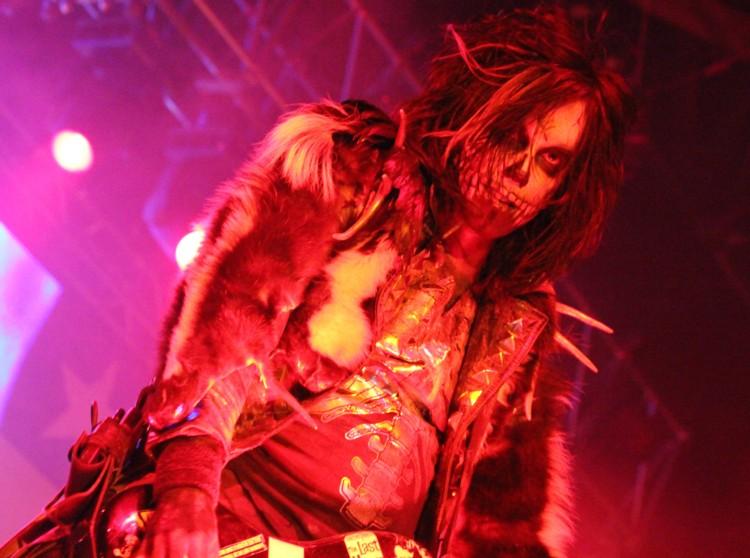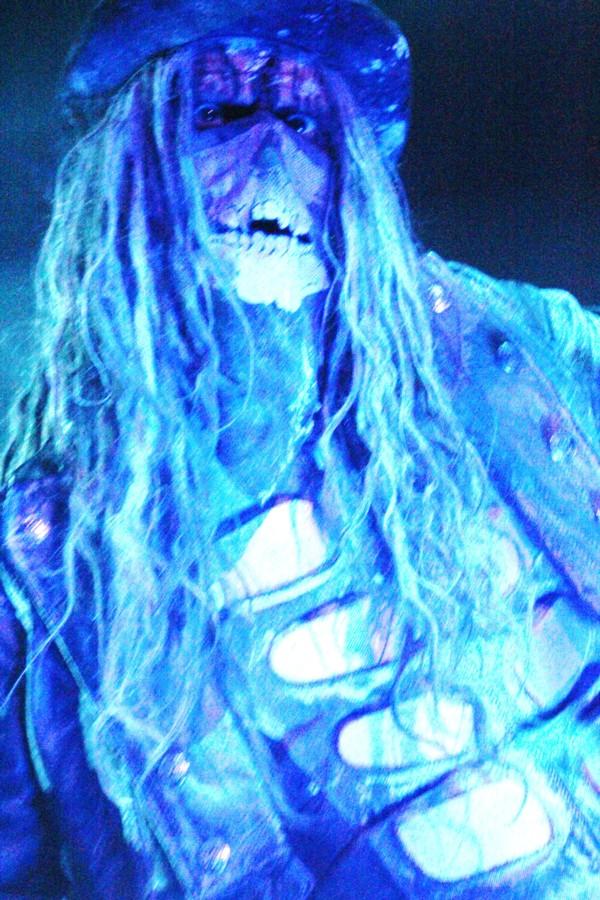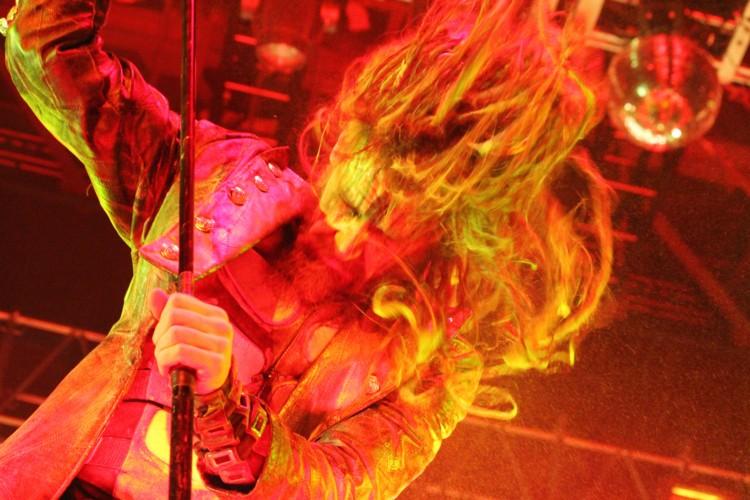Admittedly, it did feel just a bit awkward arriving at Seattle’s beautiful Paramount Theater without a small child in tow to see international children’s music and TV stars The Wiggles perform. This time, I only brought my camera as my youngest child, a rabid fan of The Wiggles in her youngest years, was off to summer camp. I had been to see The Wiggles years ago with her when she was around 2 years old in a huge arena, driving an hour there and back because she liked them that much. This is what parents do, just to see a few moments of wonder and happiness on those little faces.
So this time as I waited for the show to start, I just watched as gently smiling parents carried in their infants or herded their toddlers to their seats, many of the little girls outfitted in pretty little dresses for the event. The entire feel was calm and mellow, which is something you might not expect when you gather a bunch of very small children together into a confined space. But perhaps that has something to do with the very nature of The Wiggles themselves. In many ways, The Wiggles continue the legacy of “Mr. Rogers’ Neighborhood,” in their very positive, very gentle, and deeply respectful take on both entertaining and educating the youngest in our society. They construct simple but very clever songs that children can easily sing along to: fun, silly, interactive, and upbeat. The four Australians that make up the 2011 Wiggles are original members Anthony Field (blue) and Murray Cook (red), and Sam Moran, who replaced Greg Page a few years ago (yellow) and understudy Brad Carroll filling in for Purple Wiggle Jeff Fatt, who is recovering from heart surgery.
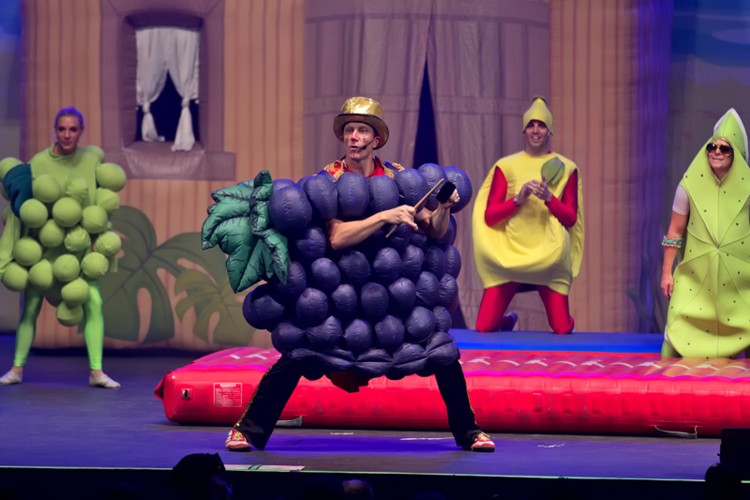
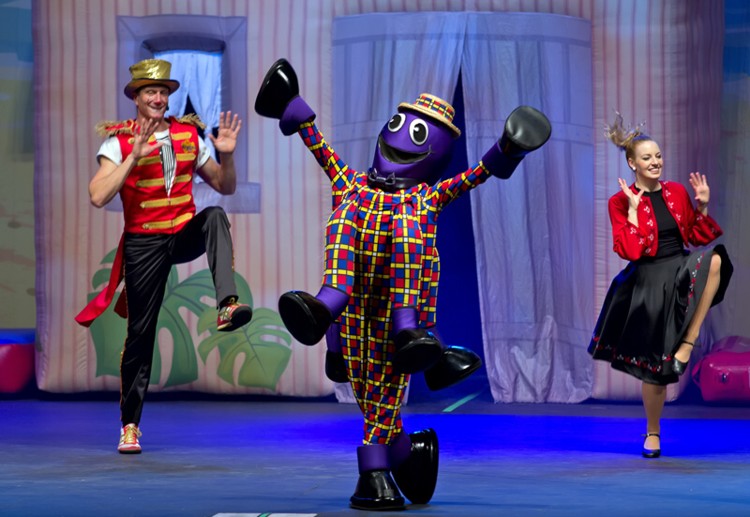
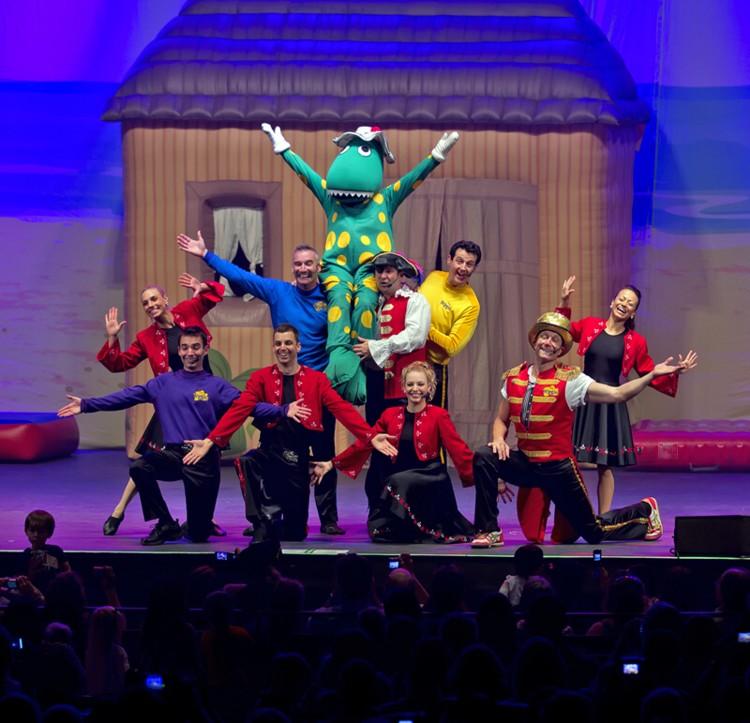

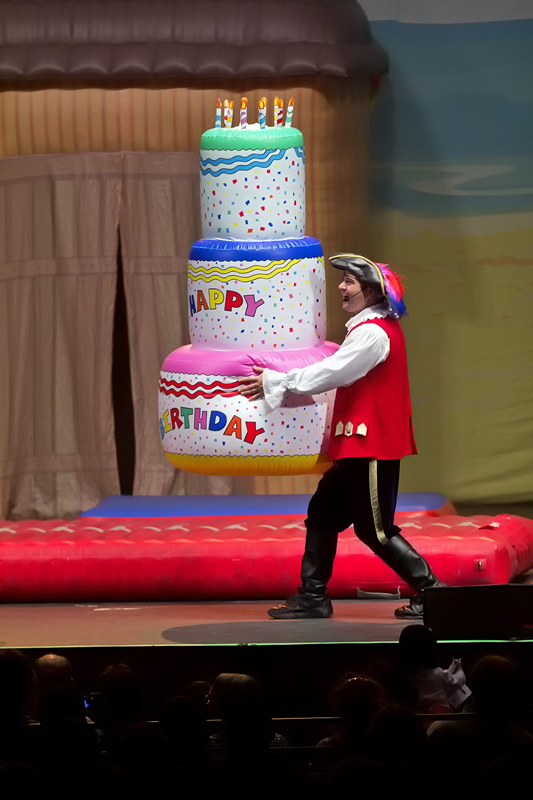

The Wiggles – photos by Marianne Spellman
